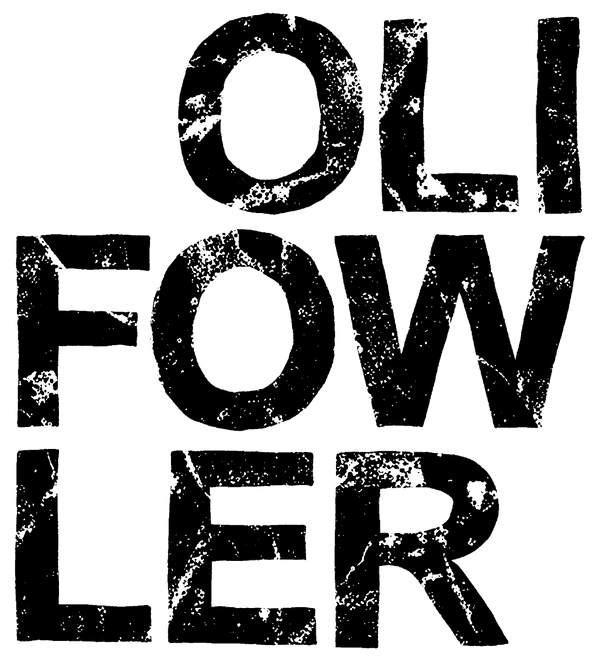Pixels on a Page vs. A Blanket of Ink
Let's get down to the nitty-gritty. Your standard inkjet or Giclée printer works by spraying thousands of microscopic dots of ink (usually Cyan, Magenta, Yellow, and Black) onto the paper. From a distance, your eye blends these dots together to create the illusion of a solid colour. It's clever, but it’s still an illusion—a fine mist of ink sitting on the surface.
Screen printing is the polar opposite. For each colour in my design, I create a separate screen (a fine mesh stretched over a frame). I then push a thick, tangible layer of ink through that screen directly onto the paper with a squeegee. It’s not a spray; it’s a physical deposit. A proper blanket of pure pigment. Run your finger over one of my prints and you can often feel the raised surface of the ink. It has a presence, a weight that a digital dot-matrix simply can’t replicate.
The Colour Conundrum: Approximation vs. Intention
Ever printed a photo and noticed the colours look a bit… sad? That's because a digital printer is always *approximating* colour by mixing its four base inks. It does a decent job, but it has its limits. You’ll never get a truly face-melting fluorescent pink or a deep, shimmering metallic gold out of a standard office machine.
In my studio, colour isn't an approximation; it's an obsession. I mix my inks by hand, by eye, and often by instinct. I can create the exact shade the artwork demands. That searing neon, that specific shade of off-white, that punchy orange that seems to glow on the paper. Each colour is chosen and mixed with intent. This control means the final piece is exactly as the artist envisioned, with a richness and vibrancy that has to be seen in person to be believed.
Embracing the Analogue: Registration, Pressure, and Perfect Imperfection
A digital printer prides itself on perfection. Every single copy is a 100% identical clone of the last. There’s a certain sterility to that, isn’t there?
Screen printing, on the other hand, is a wonderfully human process. When I'm printing a multi-layered piece, I have to line up each screen perfectly by hand—a process called registration. The slightest shift, a tiny fraction of a millimetre, can create a subtle halo effect. The pressure I apply to the squeegee can change the thickness of the ink layer. These tiny variables aren't mistakes; they're the ghost in the machine. They are the quiet signature of a handmade object.
It means that while every print in an edition from Oli Fowler Art is created to the highest standard, each one is a unique individual. It has passed through my hands, and it carries the subtle marks of its creation. It’s proof that a person, not just a processor, was here.
So when you buy a screen print, you’re not just buying an image. You’re buying layers of carefully mixed ink, a considered composition, and the physical evidence of a hands-on craft. You're investing in a piece of art with genuine texture and depth, made with a process that values quality over quantity every single time.
See the difference for yourself. Have a browse through the shop and look closely at the layers and colours. I promise, it's a world away from Ctrl+P.
